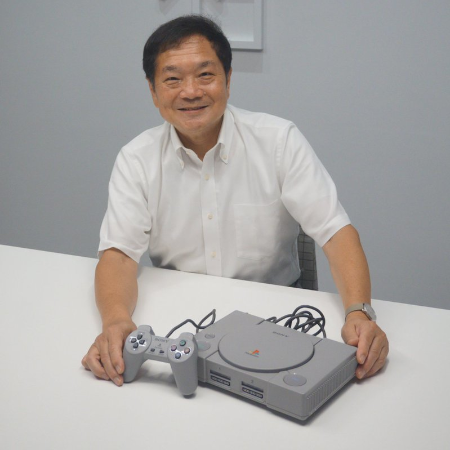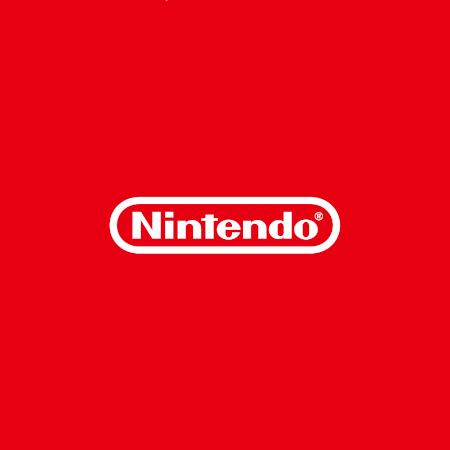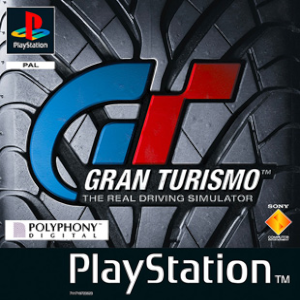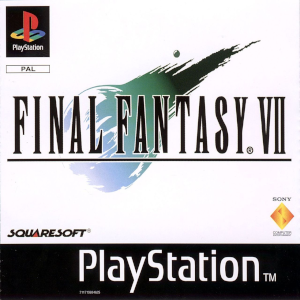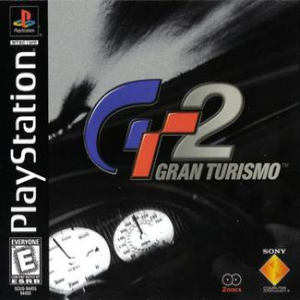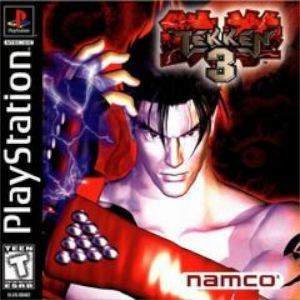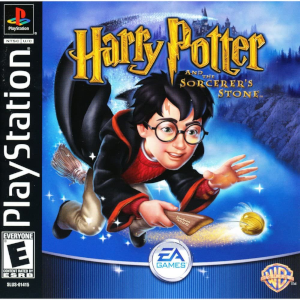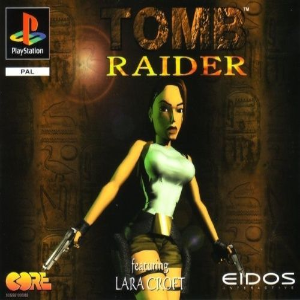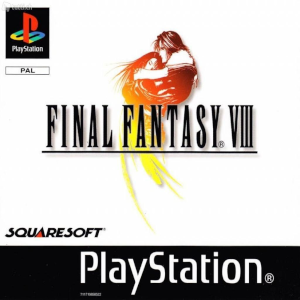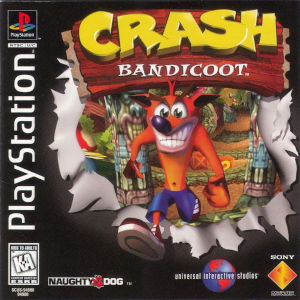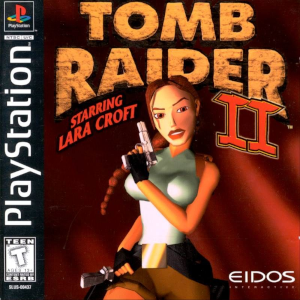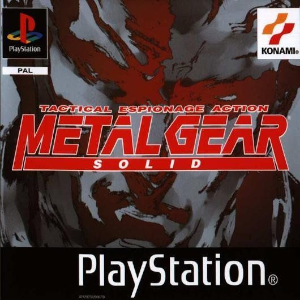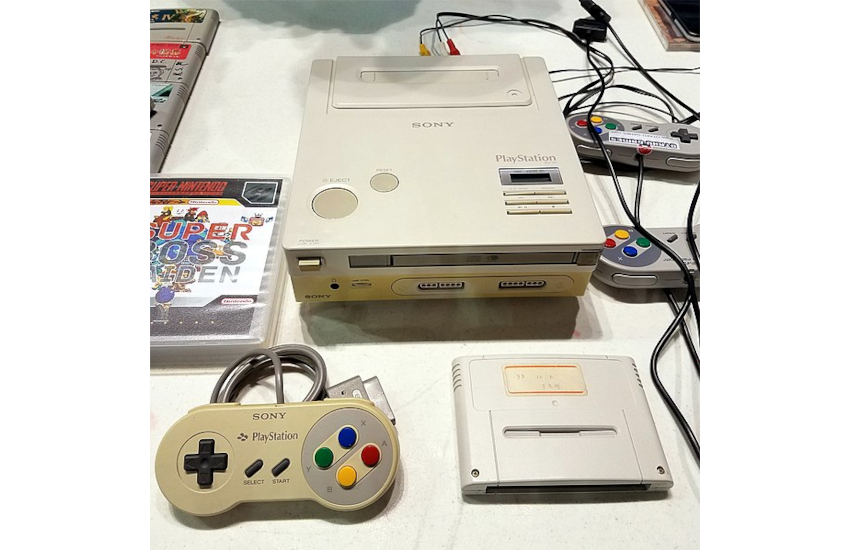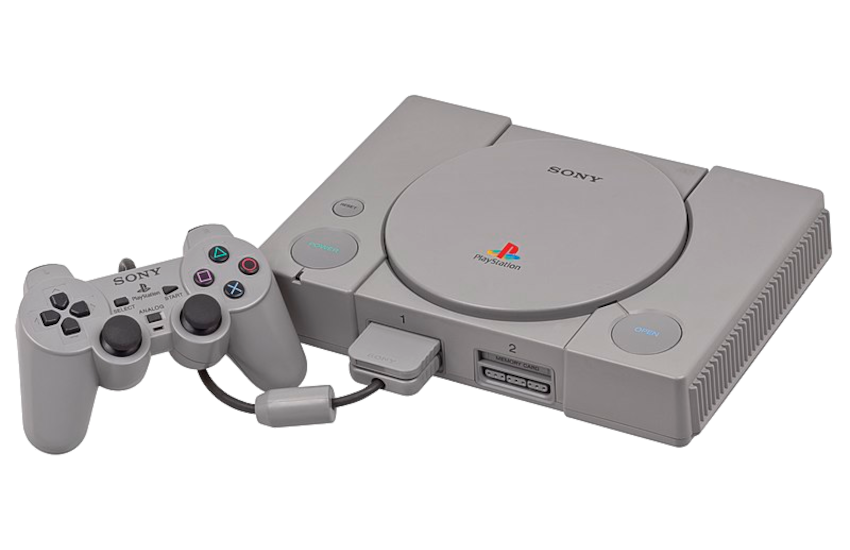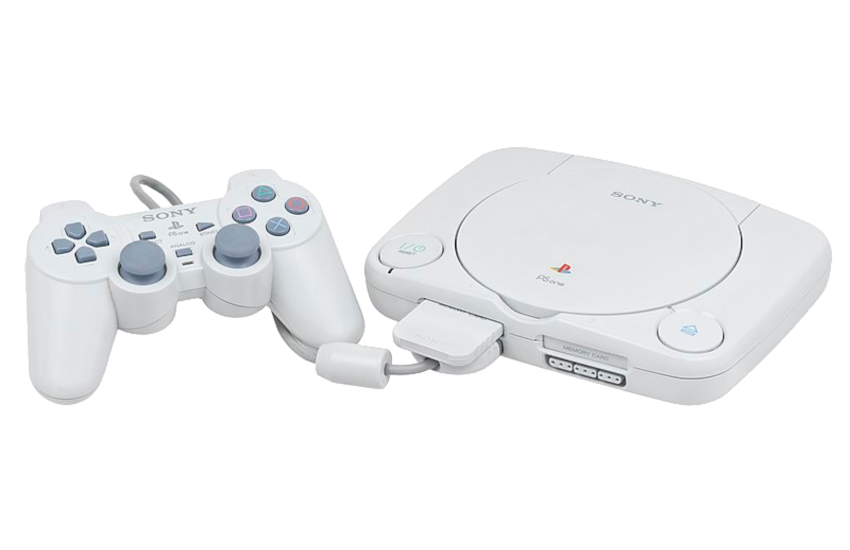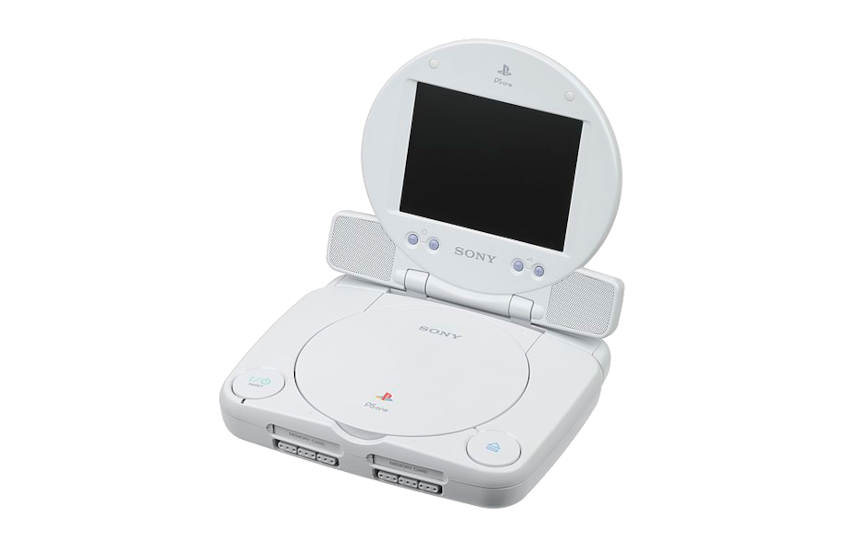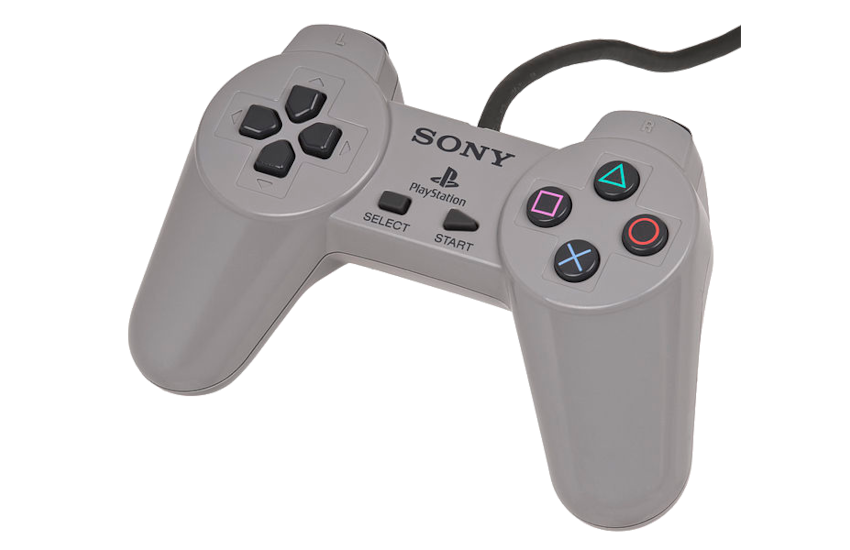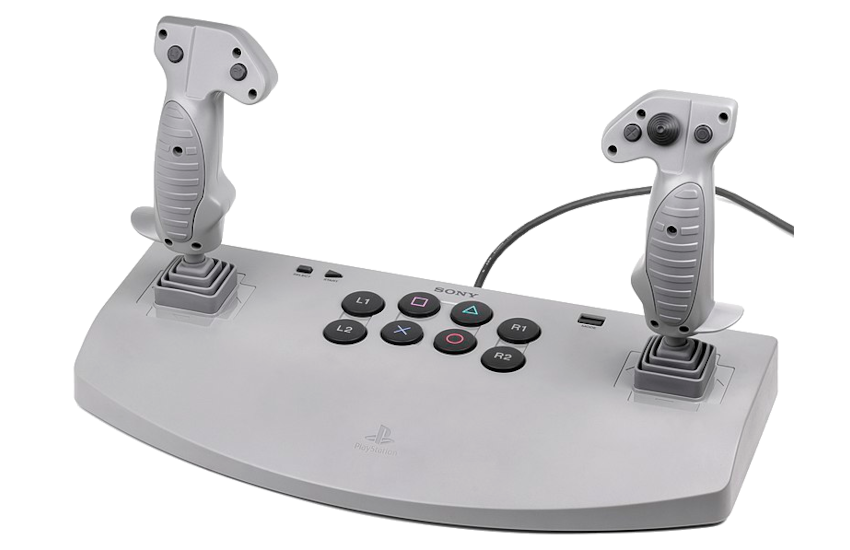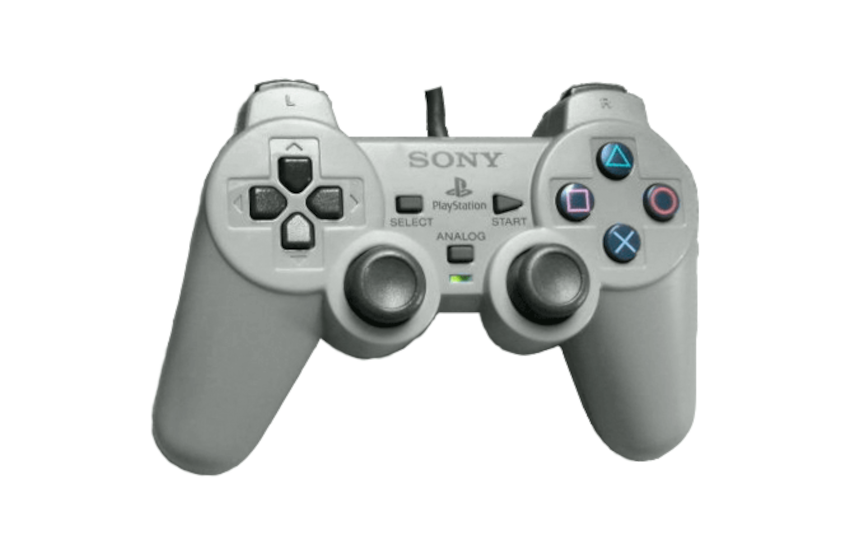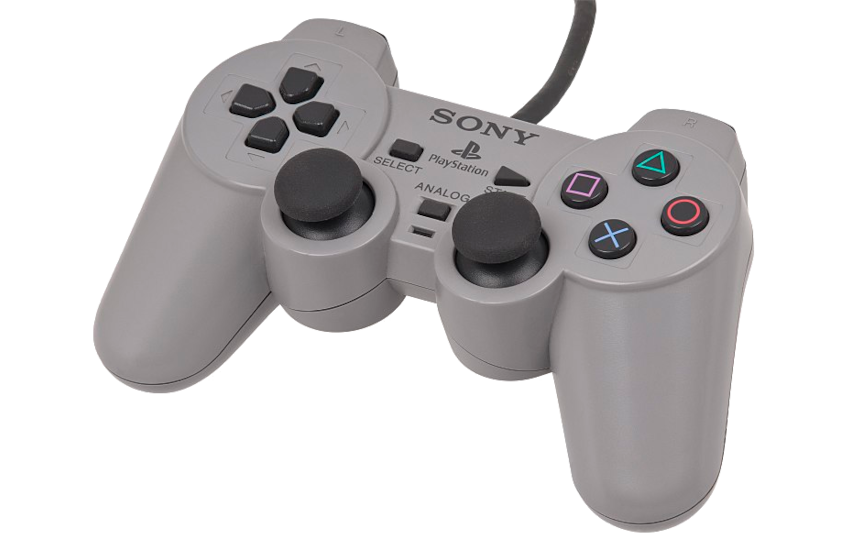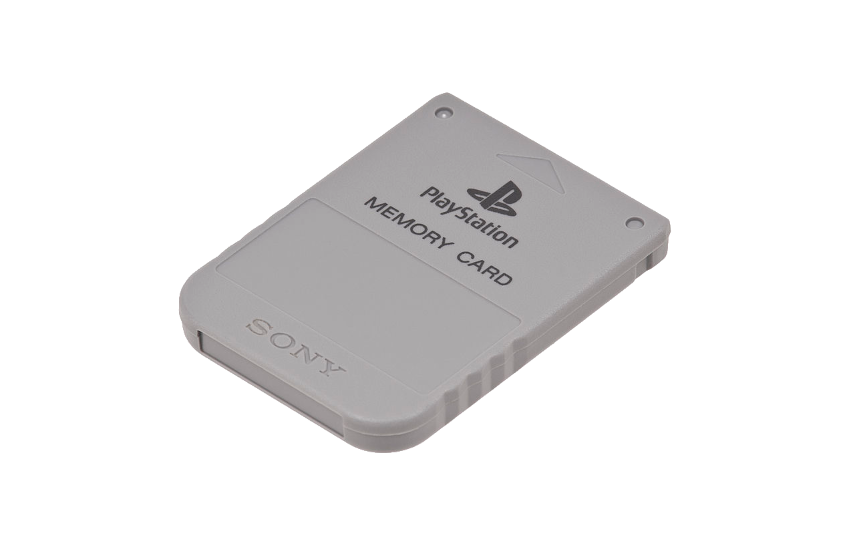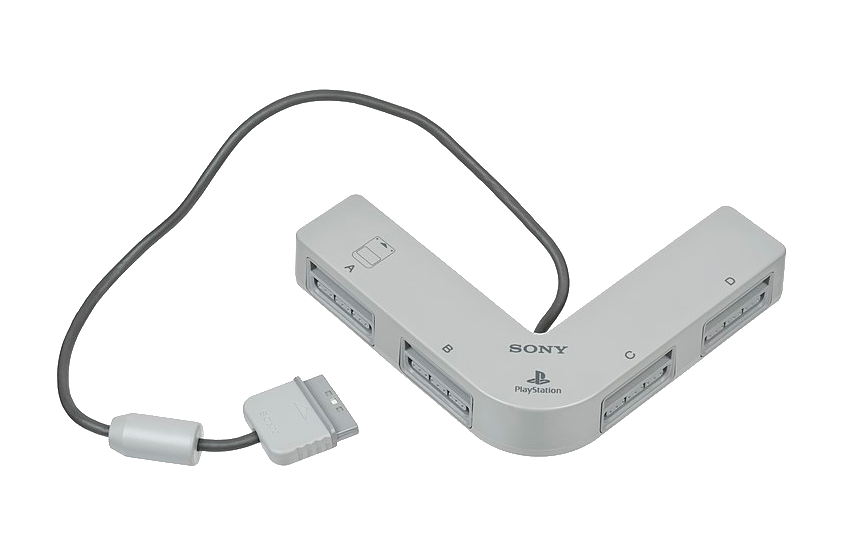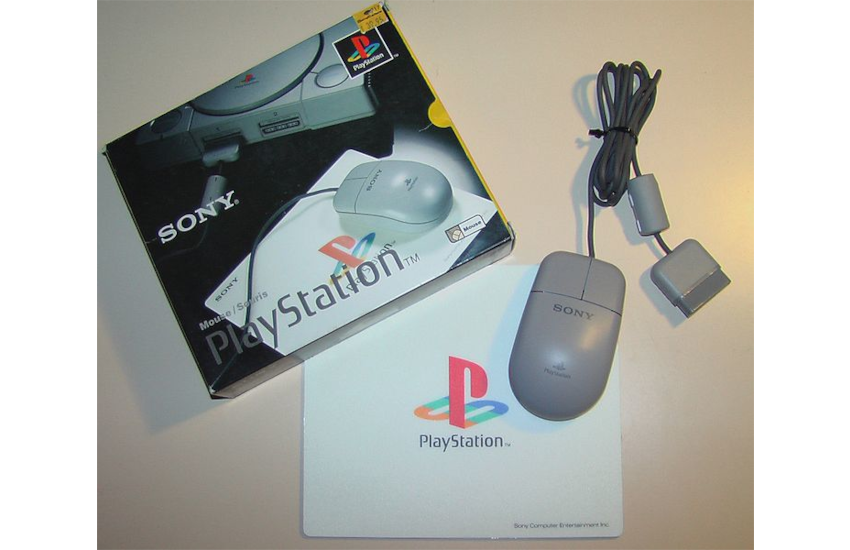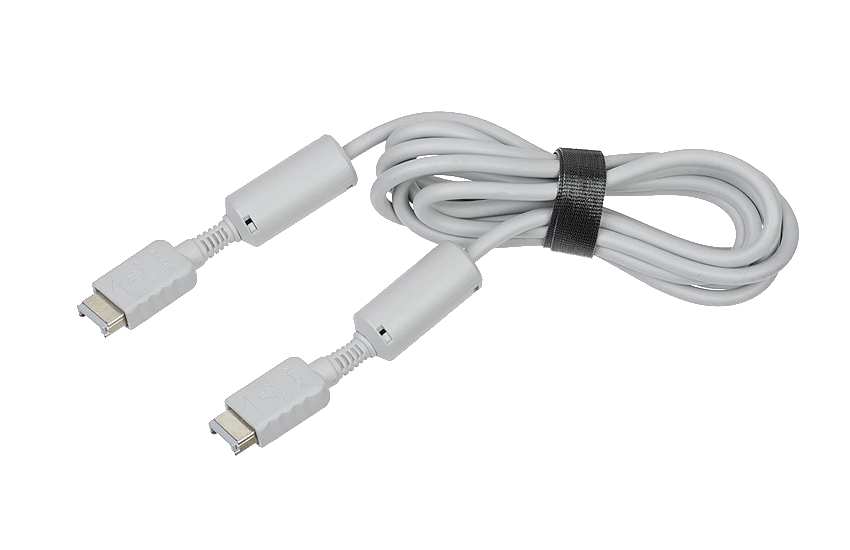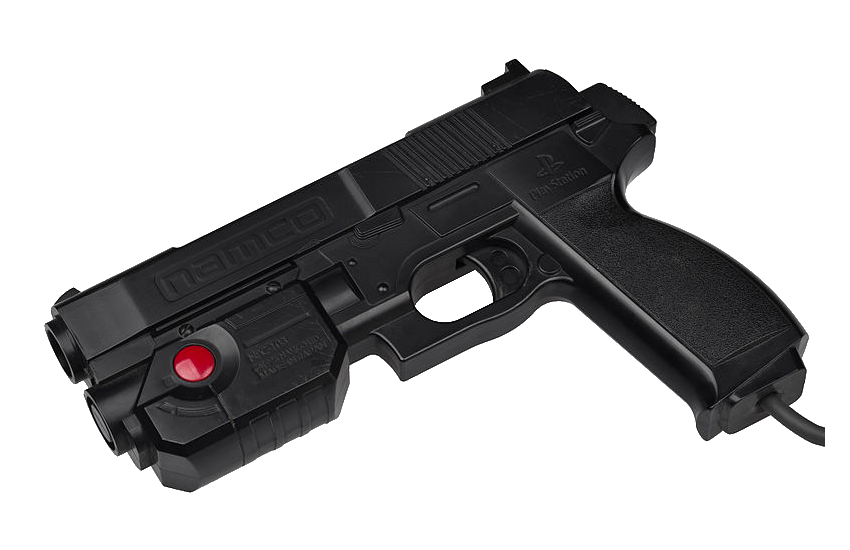History
Background
The development of the first PlayStation dates back to the late 1980's with a broken deal between Nintendo and Sony. It was conceived by Ken Kutaragi. His interest for working with video games began when he saw his daughter playing games on the Nintendo's Famicom. Kutaragi convinced Nintendo of using his sound processor, the SPC-700, in the SNES. Kutaragi was about to be fired because he worked with Nintendo in secret, but Norio Ohga, Sony's president, recognised the potential of the SPC-700 and decided to keep Kutaragi's job on Sony.
Since Sony was already contracted to develop the SPC-700 sound processor for the SNES, Nintendo made another contract with Sony to develop a CD-ROM add-on. It was initially titled as the "PlayStation" or "SNES-CD". Although the initial deal between Sony and Nintendo was only to produce a CD-ROM add-on for the SNES, Sony also wanted to create a SNES-compatible branded console. Sony's console concept was intended to be a home entertainment system playing both SNES cartridges and a new CD format named the "Super Disc". With this new agreement, Sony would retain the exclusive international rights of each Super Disc title sold. This gave Sony a large control despite Nintendo's leading position in the video gaming market.
Initially, the Play Station was planned to be announced at the 1991 CES (Consumer Electronics Show) in Las Vegas. However, Hiroshi Yamauchi, Nintendo's president, realized that the original 1988 contract gave Sony too much control on the Super Disc titles. To protect Nintendo's existing licensing structure, Yamauchi cancelled all agreements with Sony about the SNES-CD without telling them and made a new contract with Sony's riva, Philips. This new contract would give Nintendo total control over its licences on all the Philips devices produced.
Kutaragi and Nobuyuki Idei, Sony's director of public relations at the time, learned of Nintendo's actions two days before the CES was due to begin. Kuturagi telephoned numerous contacts, including Philips, to no avail. On the first day of the CES, Sony announced its partnership with Nintendo and its new console, the Play Station. The next day, in what has been called "the greatest ever betrayal" in the industry, Howard Lincoln revealed that Nintendo was now woriking with Philips and would broke its agreements with Sony.
Beginning
Incensed by Nintendo's actions, Ohga and Kutaragi decided that Sony would develop its own console. Sony considered allying with Sega to produce a CD-ROM-based machine called the Sega Multimedia Entertainment System, but SEGA denied the proposal. Sony, then, decided to develop what it had started with Nintendo into a console based on the SNES.
Despite the events at the 1991 CES, negotiations between Nintendo and Sony were still ongoing. A deal was proposed, the Play Station would still have a port for SNES games, on the condition that it used Kutaragi's audio chip and that Nintendo would own the rights and receive the main part of the profits. Around two hundred prototypes were created, and some software entered development. Kutaragi remained strong that Sony not retreat from the growing videogame industry and that a deal with Nintendo would never work. Knowing that it had to take decisive action, Sony cut all ties with Nintendo on 4 May 1992.
To determine the fate of the PlayStation, Ohga organized a meeting consisting of Kutaragi and several Sony board members. Kutaragi unveiled a patented CD-ROM-based system on wich he had been secretly working that could play games with immersive 3D graphics. Despite gaining Ohga's enthusiasm, the majority at the meeting opposed to the idea. The opposers felt the game industry was too culturally offbeat and asserted that Sony should remain a central player in the audiovisual industry.
Ohga shifted Kutaragi and nine of his team from Sony's main headquarters to Sony Music Entertainment Japan. The involvement of SMEJ proved crucial to the PlayStation development as the process of manufacturing games on CD-ROM format was similar to that used for audio CDs. Sony Computer Entertainment (SCE) was jointly established by Sony and SMEJ to handle the company's ventures into the video game industry. On 27 October 1993, Sony publicly announced that it was entering the game console market with the PlayStation. 3D polygon graphics became the console's primary focus after Sony witnessed the success of Virtua Fighter in Japanese arcades. SCE president Teruhisa Tokunaka expressed gratitude for Sega's timely release of Virtua Fighter as it proved just at the right time that making games with 3D images was possible.
Development
Since Sony had no experience in game development, it had to rely on the support of third-parties. Sony acquired initial support from Namco, Konami, and Williams Entertainment, as well as 250 other development teams in Japan.
Despite acquiring the support of various Japanese studios, Sony had no game developers of its own by the time the PlayStation was in development. This changed when Sony acquired Psygnosis, securing its first in-house development team. The acquisition meant that Sony could have more launch games ready for the PlayStation's release in Europe and North America. Sony struggled to make game production as streamlined and inclusive as possible, in contrast to the relatively isolated approach of Sega and Nintendo.
The PlayStation's architecture and interconnectability with PCs was beneficial to many software developers, but some developers found themselves restricted due to the console's lack of RAM. Kutaragi said that while it would have been easy to double the amount of RAM for the PlayStation, the development team refrained from doing so to keep the retail cost down. He saw the biggest challenge in developing the system to be balancing the conflicting goals of high performance, low cost, and being easy to program.
Launch
Sony released the PlayStation in Japan on 3 December 1994. It sold 100,000 units on the first day and two million units within six months. By the end of 1994, 300,000 PlayStation units were sold in Japan compared to 500,000 Saturn units.
The PlayStation released in North America on 9 September 1995, it sold more units within two days than the Saturn had in five months; in Europe on 29 September 1995 and in Australia on 15 November 1995. By late 1996, sales in Europe totalled 2.2 million units, including 700,000 in the UK. Approximately 400 PlayStation games were in development, compared to around 200 and 60 games being developed for the Saturn and the Nintendo 64 respectively
Main Features
- Developer: Sony Computer Entertainment
- Manufacturer: Sony Electronics
- Generation: Fifth Generation
- Lifespan: 1994 - 2006
- Discontinued: 23rd March 2006
- Introductory price: ¥39,800 / $299
- Units sold: 102.49M
